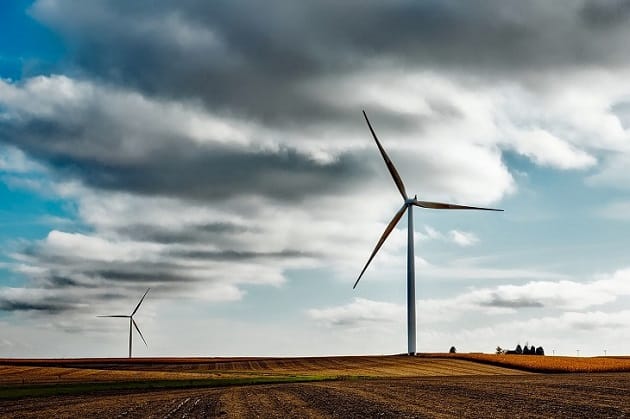
Earth Day 2017: Environmental Literacy Through Celebration
At Spark Energy, we’re doing our part to ensure that our customers are able to take advantage of green energy opportunities as we do our part to encourage environmental literacy alongside the Earth Day Network. The Earth Day Network is dedicated to ensuring that every student around the world graduates high school as an environmental and climate literate citizen, ready to take action and be a voice for change.
Did you know that 40 percent of all energy consumption in the United States is from commercial and residential buildings? Spark is doing its part to reduce energy consumption by offering a wide variety of green energy plans, which offer:
- Fixed-rate plans
- 100% green, renewable electricity
- Carbon-neutral natural gas
- 6-month, 12-month, and 18-month contracts
What is a green energy plan?
Getting green power may be as easy as checking a box on your energy bill. In this sort of program, we buy renewable energy (wind, solar, etc.) and then passes it along to you, our customers. It helps support the industry for clean, green power.

At Spark, our green natural gas plans use carbon offsets to provide energy that is considered carbon neutral. As a fossil fuel, natural gas is neither clean nor renewable, though it’s far cleaner than oil or coal. Carbon offsets help manage the environmental impact of burning natural gas.
When you sign up for a Spark Energy green electricity plan, your electricity use is recorded each month. We purchase that amount of electricity from solar and wind sources and add it back to the grid; the more people who buy green energy, the cleaner the grid becomes.
What is carbon-neutral gas?
Did you ever wonder what reducing carbon dioxide (CO2) emissions by 1 million metric tons means in everyday terms? The greenhouse gas equivalencies calculator can help you understand just that, translating abstract measurements into concrete terms you can understand, such as the annual emissions from cars, households, or power plants.
At Spark, we use the EPA’s Greenhouse Gas Equivalencies Calculator to determine your Carbon Dioxide Equivalents (CDEs). Once we know this number, we buy enough carbon offsets to cancel out the carbon dioxide emitted from the natural gas you used that month. As a result, you become carbon neutral.
What else can I do to become environmentally literate?
- Conduct a Home Energy Audit: A home energy audit is a way to inventory your home’s energy use, where energy is lost, and where it can be saved. You can do an energy audit yourself or get a pro. Many utilities also offer home and business energy audits for free.
- Reduce Your Use: Homes consume an enormous amount of energy, especially in heating and cooling, and American homes consume around six times the world average. Keep your house cool with natural ventilation instead of air conditioning as much as possible. Use in-room, ceiling, or whole-house fans to move air throughout the house. Blocking sunlight during hot hours of the day can help lower your cooling load. If your house uses electricity for water heating, wrapping your water tank in an insulating blanket can save on power. Learn more about how to cut your energy usage of these top ten electricity-sucking appliances.
- Buy Updated Appliances: After cooling and heating, appliances, and other plug-in devices are the next biggest users of energy in your home. When looking for new appliances, seek out the most energy-efficient models. Most new appliances come with a yellow EnergyGuide label which, like mileage ratings on cars, shows its consumption in terms of kWh per year. Also look for Energy Star rated products.
- Make Your Own Electricity: The price of solar has been dropping for years and now is affordable for almost anyone with a roof. There’s nothing quite like the feeling of making your own electricity from the sun, wind, or water. Installing a home alternative energy system is becoming more and more cost-effective as technology improves and assistance programs spread. Photovoltaic, or solar electric, systems are the most common. Depending on your available space, local climate, budget, and the local utility, a solar electric system can provide all the energy needed for a typical home (and possibly more).
- Design with Energy Efficiency in Mind: A home or building designed and constructed around energy efficiency can realize enormous savings. Everything from the house size, positioning of the house, use of daylight and natural ventilation, lighting, and appliances, and renewable energy system can push a building closer and closer to net-zero energy consumption. If you are considering building a home, do serious renovations, or an addition, make sure that energy efficiency is a key design criterion. The Energy Star rating system has a home certification program, and LEED (Leadership in Energy and Environmental Design) now has a rating system for residential homes.
For more tips on how to stay conscious of the environment when using modern-day conveniences, take a look at our energy savings tips. Ready to make the switch to Spark? Find out more about our green energy plans.



